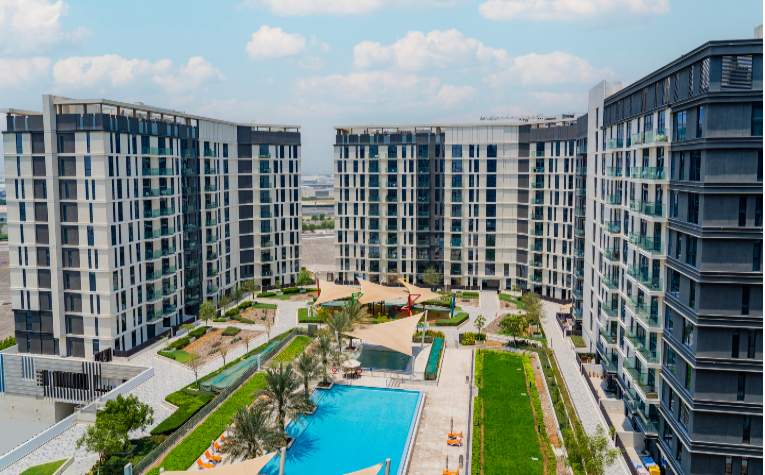This article was originally published in Construction Week.
Dubai, home to the tallest building in the world, is well-known for a plethora of luxury shopping malls and opulent lifestyle offerings. It is also the best location for Executive Nomads according to Savills, led the global prime residential market in price growth in H1 2023, and is at the forefront of branded residences developments.
The emirate, situated in a strategic geographical location in the Arabian Gulf, alone accounts for 12% of the global supply of branded residences, with the wider EMEA region accounting for nearly 30%. As of mid-2023, there were approximately 190 completed branded residential projects across EMEA, and more than 240 schemes are expected to be delivered by 2030. The region exhibits incredible growth, led by prominent players such as Four Seasons, Fairmont, The Ritz-Carlton, and YOO.
Branded residences in EMEA offer compelling value, often serving as trophy assets in prime European cities and providing higher-quality alternatives in emerging locations. Despite global headwinds, branded residences have proven remarkably resilient. Residential property has historically remained among the safest of asset classes, and branded residences provide an additional layer of safety that is associated with trust and confidence, with protection of asset values, as well as convenience that can otherwise not be offered by conventional residences.
Branded real estate is particularly alluring to high-net-worth individuals (HNWIs) and ultra-high-net-worth individuals (UHNWIs). Roughly 90% of hotel-branded residences globally are classified as either luxury or upper upscale, with three-quarters of that network dedicated entirely to luxury, which caters predominantly to HNWIs and UHNWIs. When you design exclusive private homes and combine them with first-class services that are delivered by a luxury hotel operator, you are providing a lifestyle that is sought by this segment of the market.
Within the Middle East, Dubai alone features more than 50 operational schemes, and the region is poised for significant growth, as the total projected supply is expected to grow 120% to more than double the number by 2030.
The real estate sector in Dubai features multiple sub-markets appealing to specific preferences, including both resort and urban living, and the city attracts an international clientele with an affinity for brands. In many regards, it features a similar landscape to Miami, and the greater metro area of Miami happens to be the second most active market for branded residences globally.
Dubai's establishment as the epicentre of branded residences stems from its status as a leading destination for second homes, and increasingly, primary homes among HNWIs. This is a reflection of the destination strategy implemented by the visionary leadership of Dubai. When you combine the realisation of this vision with the compelling value proposition of branded residences, it is unsurprising that Dubai is the most active market for branded residences and will remain so for the foreseeable future.
Meanwhile, the branded residential space across EMEA is forecast to maintain its impressive growth. Emerging cities such as Cairo, Limassol, and Muscat are poised to witness substantial expansion, alongside destinations like Croatia’s Dalmatia, Jeddah, Makkah, Doha, and coastal Montenegro. The diversity of locations, brands, and designs continues to attract buyers, sustaining the impressive trajectory of branded residences across the globe.
Notwithstanding this, with the reinforcement of its strategic vision, global appeal, and unparalleled luxury offering, Dubai is well-positioned to continue leading the luxury landscape for branded residences, protecting its position as the ultimate destination for affluent and discerning homeowners seeking an unparalleled lifestyle across EMEA and the rest of the world.
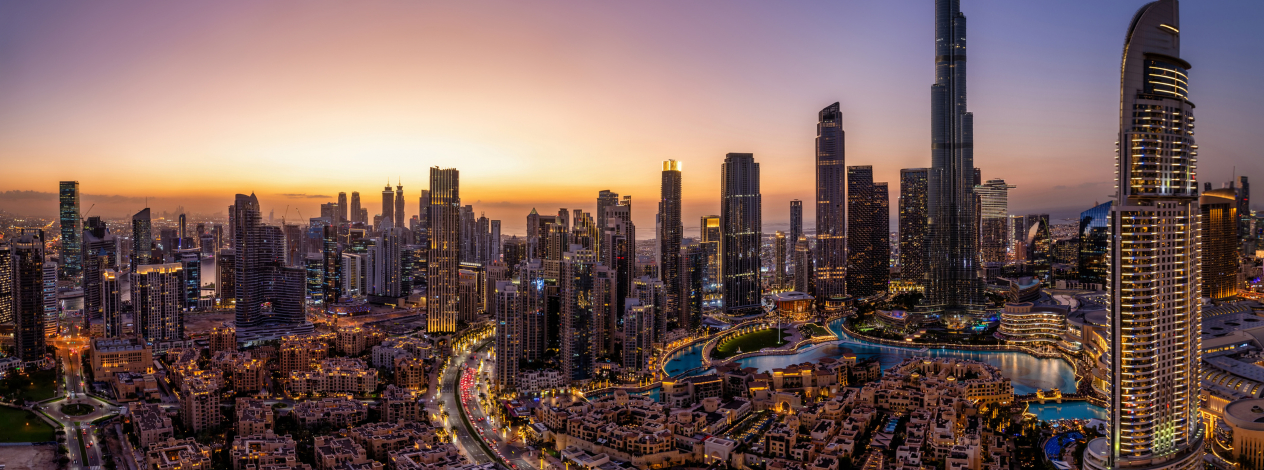
.jpg)
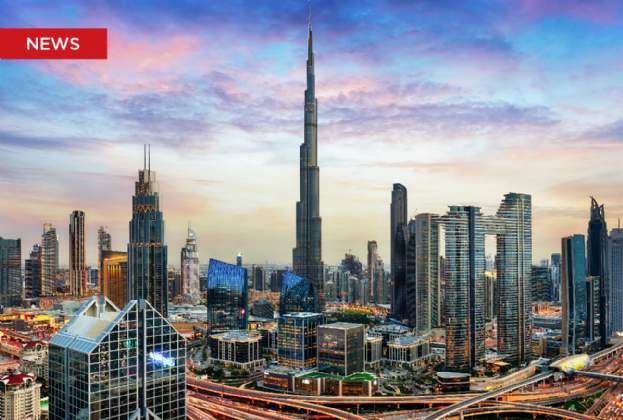
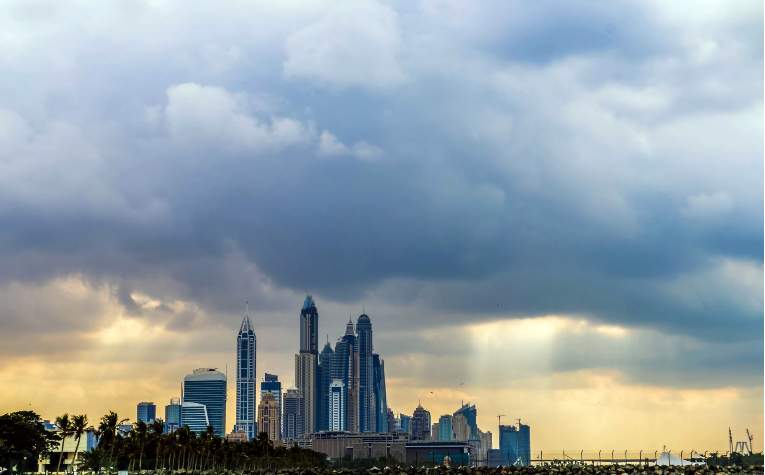
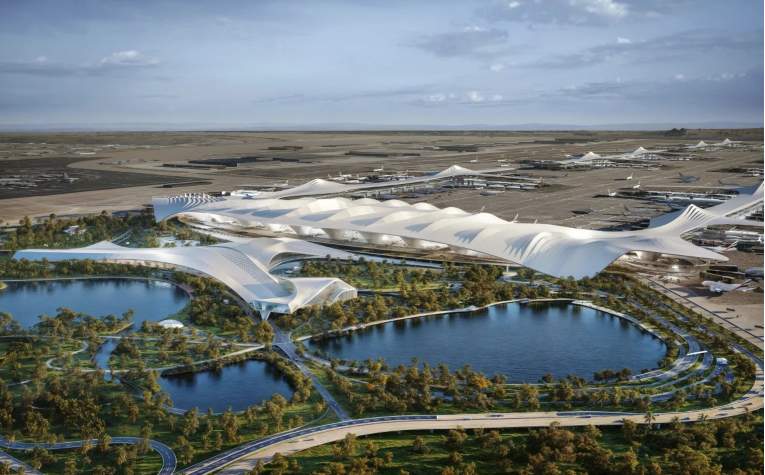
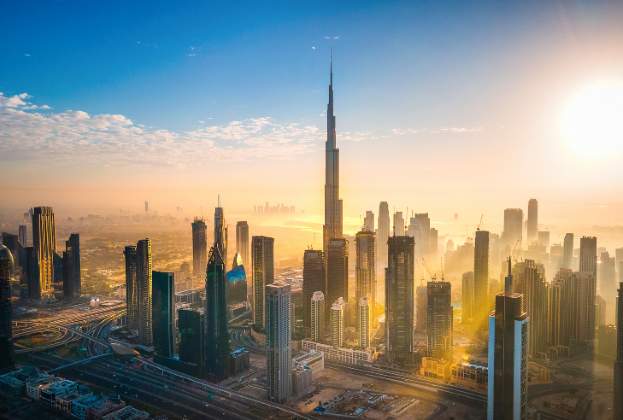



.jpg)
